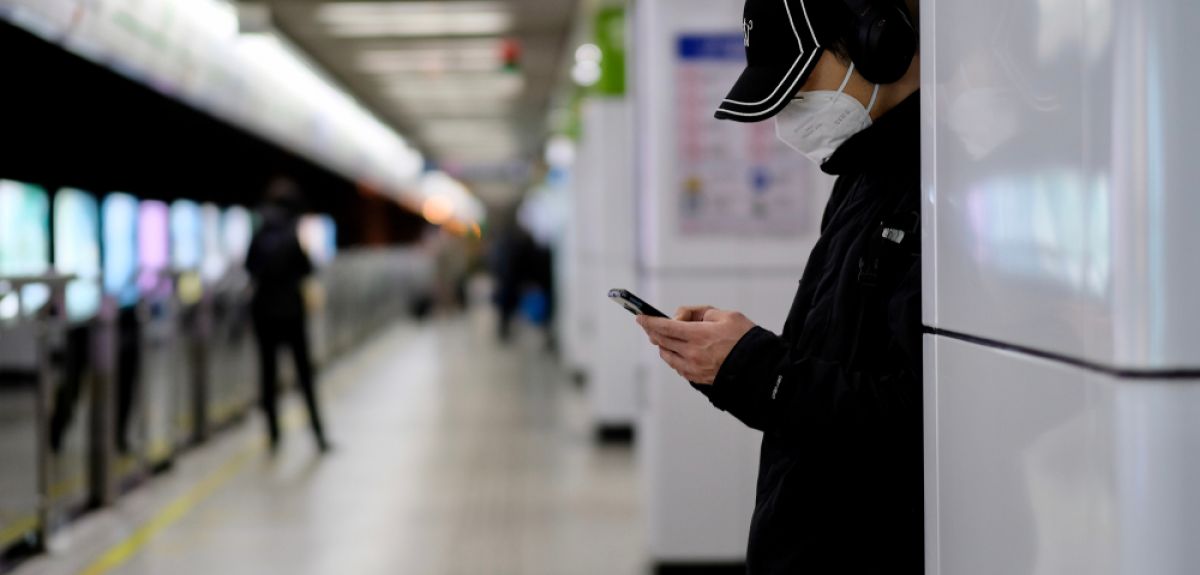
COVID-19: Study shows that Wuhan travel restrictions prevented wider disease spread; but impact takes time
A mobility and epidemiological study from a global consortium of researchers, led by the University of Oxford, Northeastern University and Harvard Medical School, has shown that travel restrictions from and within Wuhan and Hubei from 23rd January worked to prevent the wider spread of COVID-19.
Provinces outside Hubei that acted early to test, track and contain imported COVID-19 cases fared the best at preventing or containing local outbreaks. However, the benefits from both approaches took time to be seen due to asymptomatic transmission.
Mobile geolocation data from Baidu Inc, combined with a rich epidemiological dataset from the Open COVID-19 Data Working Group, showed that local person-to-person transmission happened extensively early on in the coronavirus outbreak and was mitigated by drastic control measures. However, with an average incubation period of 5 days, and up to 14 days in some cases, these mobility restrictions did not begin to positively impact the data on new cases for over a week – with things appearing to get worse in the 5-7 days immediately after the lockdown as local transmission had already occurred.
Among cases reported outside Hubei, 515 cases had a known travel history to Wuhan and a symptom onset date before 31st January 2020, compared with only 39 after 31st January, illustrating the effect of travel restrictions in decreasing the spread to other Chinese provinces.
Dr Moritz Kraemer from the Oxford Martin Programme on Pandemic Genomics and the Department of Zoology at the University of Oxford, said: 'Our findings show that early in the coronavirus outbreak travel restrictions were effective in preventing the import of infections from a known source. However, once the COVID-19 outbreak begins spreading locally that becomes the most prominent source of infection. This is where a full package of measures including mobility restrictions, testing, tracing and isolating need to work together to mitigate local spread. Chinese provinces and other countries that have halted internal transmission of COVID-19 need to consider carefully how they will manage reinstating travel and mobility to avoid the reintroduction of the disease into their populations.'
Professor Samuel Scarpino of Network Science Institute (NetSI) at Northeastern University, said: 'The political will in many countries is lagging behind the spread of COVID-19. Lockdowns and quarantines work, but it takes time because the infection rate is 5 to 14 days ahead of any mitigation action taken. Travel and mobility restrictions are the most useful right at the start, when local transmission has not yet become a factor. But all epidemiological decisions have very important political implications and it’s this that governments and policymakers need to balance.'
The full paper “The effect of human mobility and control measures on the COVID-19 epidemic in China” was published in the journal Science on 25th March 2020 and available at https://science.sciencemag.org/lookup/doi/10.1126/science.abb4218.
 Expert Comment: Chatbot-driven sexual abuse? The Grok case is just the tip of the iceberg
Expert Comment: Chatbot-driven sexual abuse? The Grok case is just the tip of the iceberg
 New study finds that stopping weight-loss drugs is linked to faster regain than ending diet programmes
New study finds that stopping weight-loss drugs is linked to faster regain than ending diet programmes